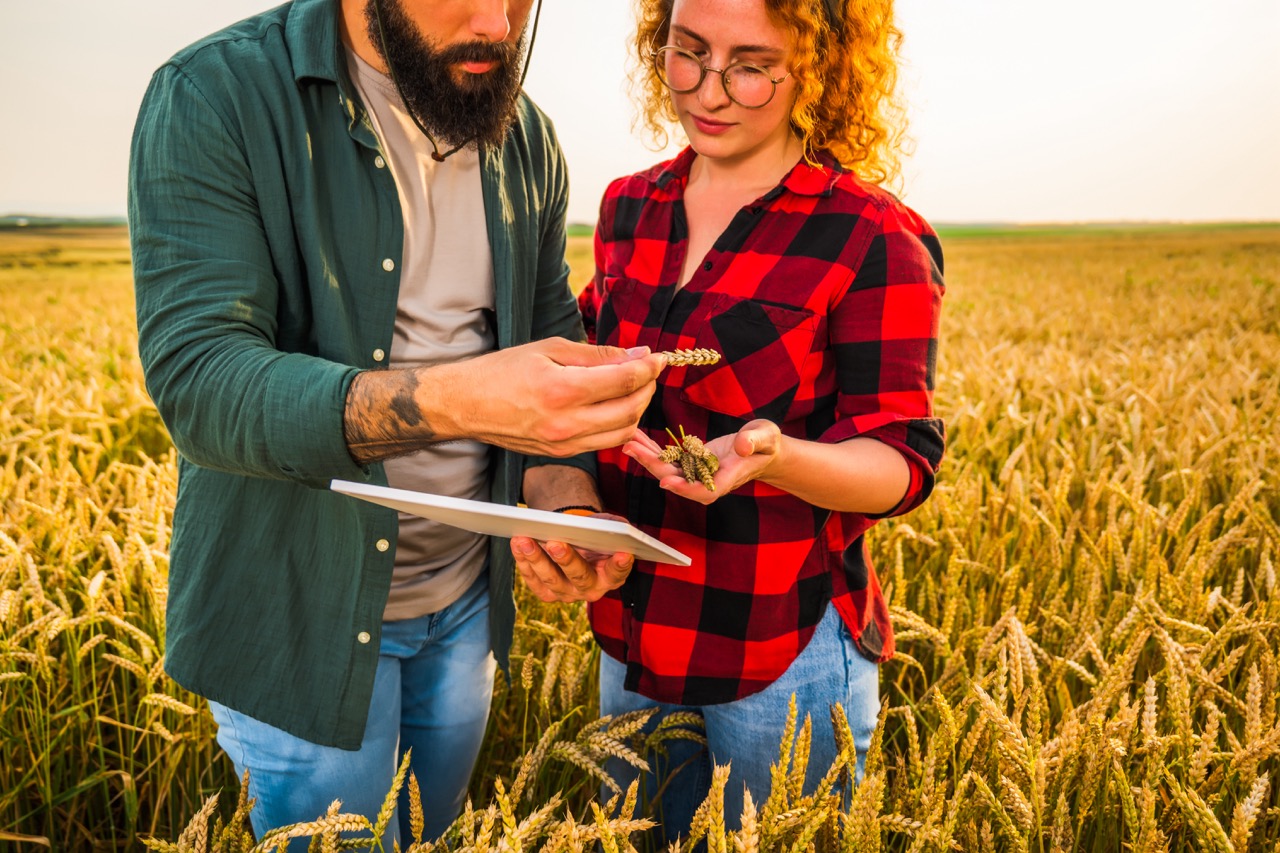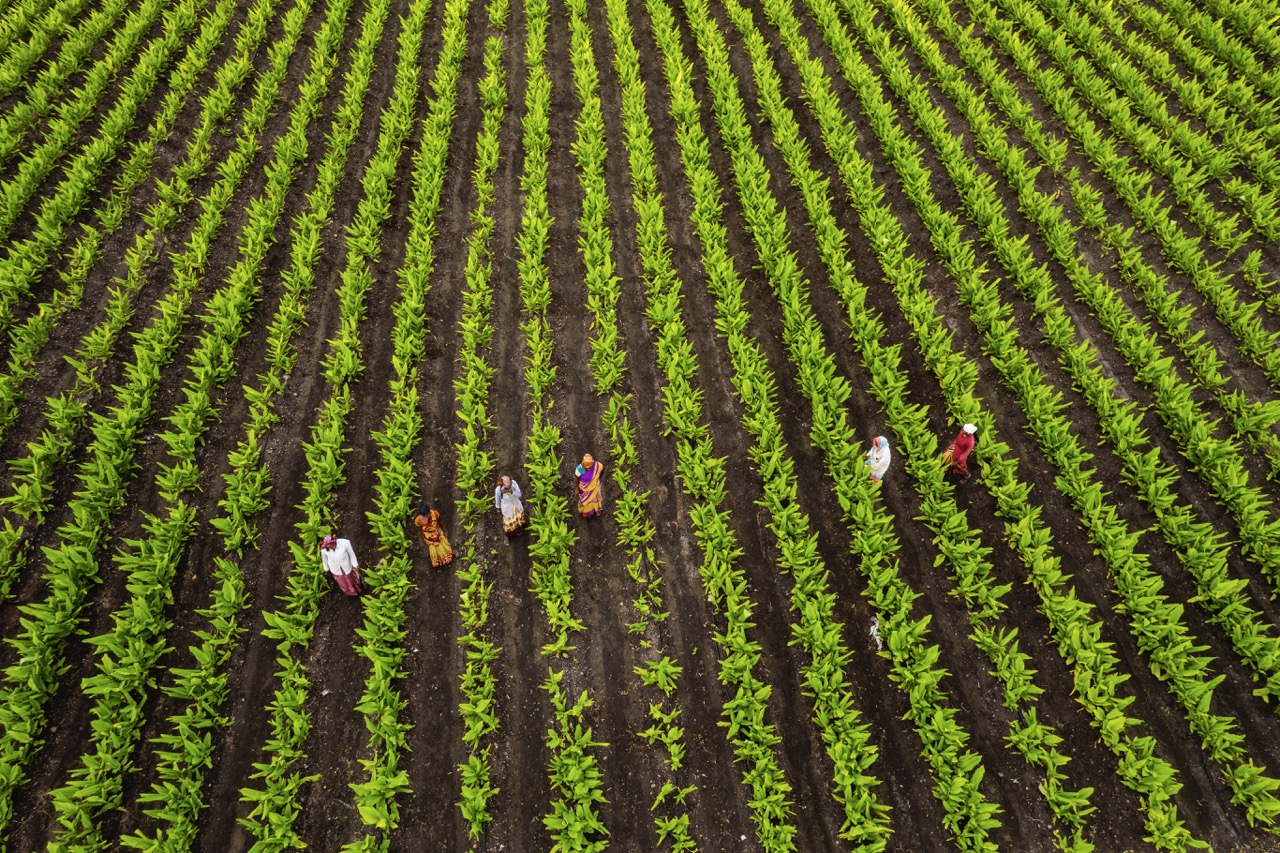Crop sharing, often termed sharecropping or cooperative farming, represents a unique agricultural practice where landowners and farmers collaborate to cultivate crops. This system allows for the distribution of resources, labor, and the eventual harvest, fostering a sense of community while addressing economic challenges. However, the implications of crop sharing extend beyond the economic sphere, significantly influencing environmental outcomes. As global agricultural practices become increasingly scrutinized for their ecological impacts, understanding the relationship between crop sharing and environmental health becomes essential.
Understanding Crop Sharing: An Overview of Practices
Crop sharing traditionally involves an agreement where the landowner provides land, while the farmer contributes labor and sometimes additional resources. The resulting produce is then divided between the two parties based on a predetermined ratio. This practice has its roots in historical agricultural systems, evolving over time to adapt to modern economic realities. Today, various models of crop sharing exist, from informal arrangements among local farmers to more structured cooperatives, emphasizing collective ownership and shared benefits.
In many regions, crop sharing is seen as a viable alternative to conventional farming methods dominated by large-scale industrial agriculture. It allows smallholder farmers to gain access to land they might not otherwise afford, promoting a diversified agricultural landscape. Additionally, crop sharing can be a means to preserve traditional farming practices, as local farmers collaborate to cultivate indigenous crops and maintain agrarian techniques passed down through generations.
The governance of crop sharing arrangements often involves local customs and regulations, creating a framework within which farmers and landowners operate. This decentralized approach can lead to innovative solutions tailored to specific environmental conditions and community needs. However, its informal nature can also lead to disputes, particularly regarding land use and resource allocation, necessitating clear communication and structured agreements to ensure sustainability.
Environmental Benefits of Crop Sharing in Agriculture
One significant environmental advantage of crop sharing is its potential to enhance biodiversity. By encouraging a variety of crops, these systems help maintain diverse ecosystems, which are crucial for resilience against pests, diseases, and climate change. Diverse cropping systems promote healthier soils, reduce reliance on chemical fertilizers and pesticides, and contribute to overall ecosystem stability. As farmers share knowledge and resources, they often adopt more ecologically friendly practices that prioritize soil health and crop rotation.
Moreover, crop sharing can lead to more sustainable water management practices. In cooperative settings, farmers are more likely to collaborate on irrigation strategies, share water resources, and implement conservation techniques. This collective approach can minimize water waste and reduce the environmental impact of farming activities. By pooling resources, farmers can also invest in more efficient technologies and practices that diminish the ecological footprint of agriculture.
Lastly, crop sharing may contribute to reduced greenhouse gas emissions. Smaller-scale, diversified farms often produce lower carbon footprints compared to large monoculture operations, which typically rely heavily on fossil fuel-intensive inputs for machinery and transportation. By focusing on local markets and short supply chains, crop sharing initiatives can help mitigate transportation emissions and promote a more localized food economy, ultimately benefiting the environment.
Challenges and Risks: Crop Sharing’s Environmental Impact
Despite its potential benefits, crop sharing is not without its challenges and risks concerning environmental sustainability. One major concern is the possibility of overexploitation of shared resources. In scenarios where multiple farmers depend on the same land or water supply, the lack of coordinated management can lead to resource depletion, soil degradation, and increased competition for water. This risk is particularly pronounced in regions facing water scarcity or environmental stress due to climate change.
In addition, the informal nature of many crop-sharing arrangements can lead to unsustainable agricultural practices if not monitored effectively. Without proper oversight, farmers may resort to chemical inputs or unsustainable land-use practices that compromise soil health and contribute to pollution. Ensuring that sustainable practices are followed requires education and ongoing support for farmers, which may not always be available in all regions.
Lastly, socio-economic factors can exacerbate the challenges faced by crop-sharing systems. As markets fluctuate and external pressures increase, landowners may prioritize short-term profits over sustainable practices, leading to practices that are detrimental to the environment. Ensuring that crop sharing arrangements remain focused on long-term ecological stewardship requires a commitment from all stakeholders involved, as well as access to resources, training, and support.
Future Perspectives: Sustainable Crop Sharing Solutions
Looking to the future, there is significant potential for developing sustainable crop-sharing solutions that prioritize environmental health. Innovations in cooperative farming models can integrate technological advancements, such as precision agriculture and digital platforms, to enhance resource sharing and optimize farming practices. These technologies can provide farmers with valuable data on soil health, weather patterns, and crop performance, enabling them to make informed decisions that promote sustainability.
Educational initiatives aimed at fostering awareness of sustainable agricultural practices within crop-sharing frameworks are also crucial. By equipping farmers with knowledge regarding organic farming, permaculture, and agroecology, the agricultural community can create a culture of sustainability that prioritizes ecological balance. Workshops, training programs, and support networks can empower farmers to adopt environmentally friendly methods and improve their crop yields.
Collaboration between governments, NGOs, and agricultural cooperatives can further enhance the sustainability of crop sharing. Policies that incentivize sustainable practices, provide financial support for eco-friendly technologies, and facilitate access to markets for shared produce can help ensure the longevity of crop-sharing arrangements. By fostering a supportive environment, stakeholders can work together to build resilient agricultural systems that not only provide economic benefits but also contribute positively to the environment.
In conclusion, crop sharing presents an intriguing intersection of economic collaboration and environmental stewardship. While it offers several potential benefits, including biodiversity enhancement and sustainable resource management, challenges remain that must be addressed to ensure its viability. Moving forward, the emphasis on sustainable practices, education, and collaborative efforts will be essential in harnessing the full potential of crop sharing to positively impact the environment. By prioritizing ecological considerations alongside agricultural productivity, crop-sharing systems can play a significant role in advancing sustainable agriculture in the face of global environmental challenges.










